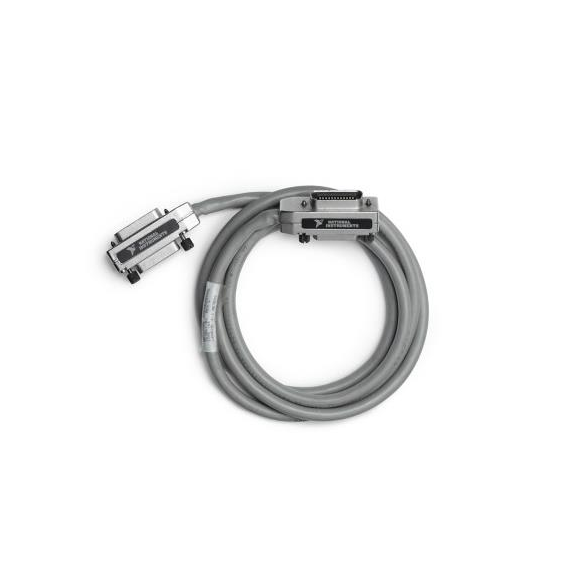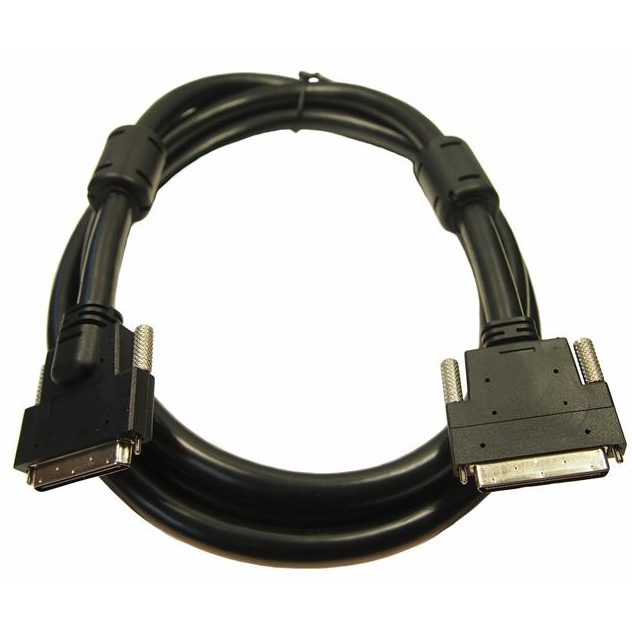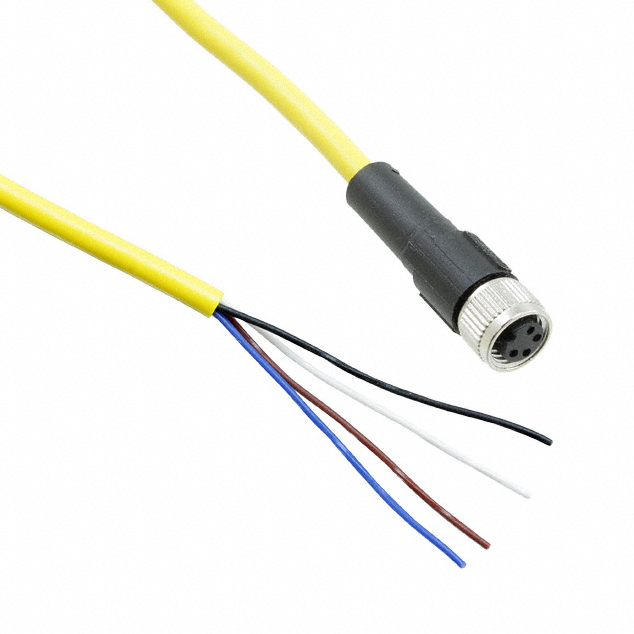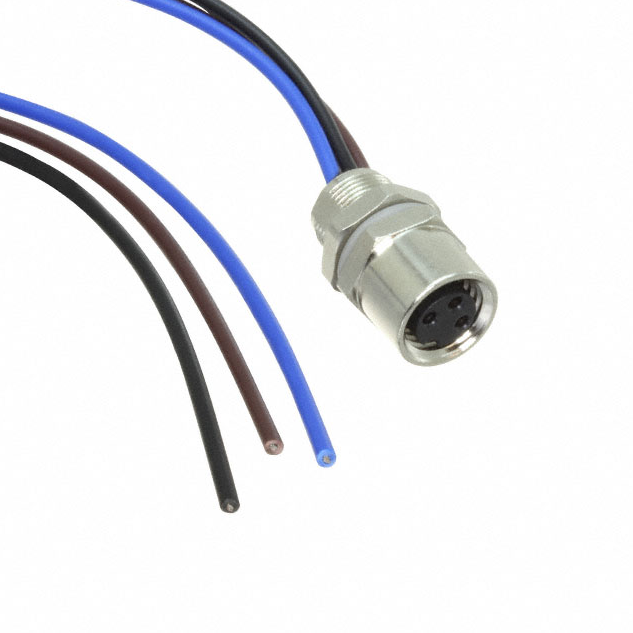Keeping progressing, Pursuing integrity, Embracing future
Choosing wire harness materials suitable for different environments requires consideration of multiple factors to ensure the reliability and durability of the wire harness under specific environmental conditions. Here are some key considerations and selection guidelines for common materials:
1. Environmental conditions
Temperature: Choose appropriate materials based on the high or low temperature of the environment. For example, using high-temperature resistant materials such as silicone insulated wires in high-temperature environments; Choose cold resistant materials such as polytetrafluoroethylene (PTFE) insulated wires in low-temperature environments.
Humidity and chemical corrosion: For humid or chemically corrosive environments, choose materials with waterproof and anti-corrosion properties, such as polyurethane (PUR) or nylon (PA) insulated wires.
Mechanical pressure and vibration: In high mechanical pressure or vibration environments, use wear-resistant and impact resistant materials such as polyvinyl chloride (PVC) or polyurethane (PUR) insulated wires.
Exposure to ultraviolet (UV) radiation: In environments with direct sunlight, choose materials that are resistant to UV radiation, such as polyurethane (PUR) or polyethylene (PE) materials with UV stability.
2. Selection of wiring harness materials
Insulation material:
Polyurethane (PUR): It has excellent wear resistance, oil resistance, and elasticity, and is suitable for mechanical vibration and high temperature environments.
Polyvinyl chloride (PVC): a commonly used insulation material with a lower price, but performs poorly in extreme temperatures or chemical environments.
Polytetrafluoroethylene (PTFE): resistant to high temperatures and chemical corrosion, suitable for extreme environments.
Silicone: resistant to high temperatures, soft, suitable for environments with high temperatures or high flexibility requirements.
Sheath material:
Nylon (PA): It has good wear resistance and mechanical strength, suitable for ordinary environments.
Polyethylene (PE): Low cost, flexible, suitable for environments with lower temperatures.
Metal sheath: such as stainless steel or aluminum sheath, suitable for extreme mechanical environments or environments that require electromagnetic interference (EMI) shielding.
3. Special requirements
Fire prevention: In environments that require fire prevention, choose materials that meet fire prevention standards, such as fire-resistant cables or wire harnesses with fire-resistant sheaths.
Electromagnetic interference (EMI) shielding: In environments with electromagnetic interference, choose wire harnesses with shielding layers, such as aluminum foil or braided metal shielding wire harnesses.
Low smoke and low toxicity: In environments with high safety requirements, such as public transportation or building interiors, choose low smoke and low toxicity materials to reduce the release of harmful gases during fires.
4. Certification and Standards
Compliance with standards: Select materials that comply with relevant international and industry standards, such as UL (Underwriters Laboratories), ISO (International Organization for Standardization), CE (Conformit é Europ é enne) and other certified materials.
Inquiry
LATEST BLOGS
INQUIRY
RELATED PRODUCTS
 How does the wiring harness perform in extreme environmentsRCD has over a decade of experience in the assembly of cables and connectors required for outdoor harsh environment equipment.
How does the wiring harness perform in extreme environmentsRCD has over a decade of experience in the assembly of cables and connectors required for outdoor harsh environment equipment. How to evaluate the lifespan and reliability of wire harnessesRCD has over a decade of experience in the assembly of cables and connectors required for outdoor harsh environment equipment.
How to evaluate the lifespan and reliability of wire harnessesRCD has over a decade of experience in the assembly of cables and connectors required for outdoor harsh environment equipment. What is the difference between flexibility and rigidity of wire harnessesRCD has over a decade of experience in the assembly of cables and connectors required for outdoor harsh environment equipment.
What is the difference between flexibility and rigidity of wire harnessesRCD has over a decade of experience in the assembly of cables and connectors required for outdoor harsh environment equipment.




